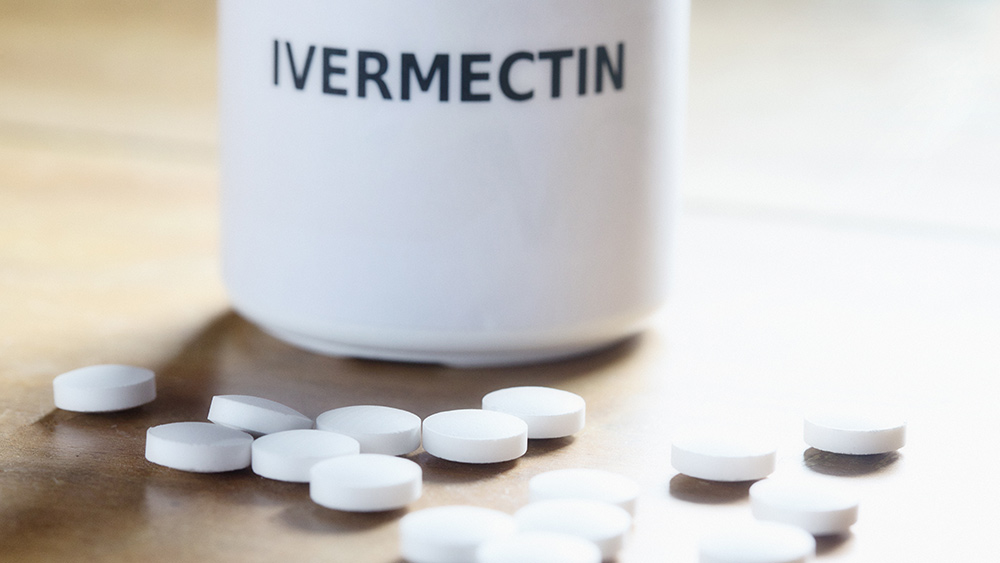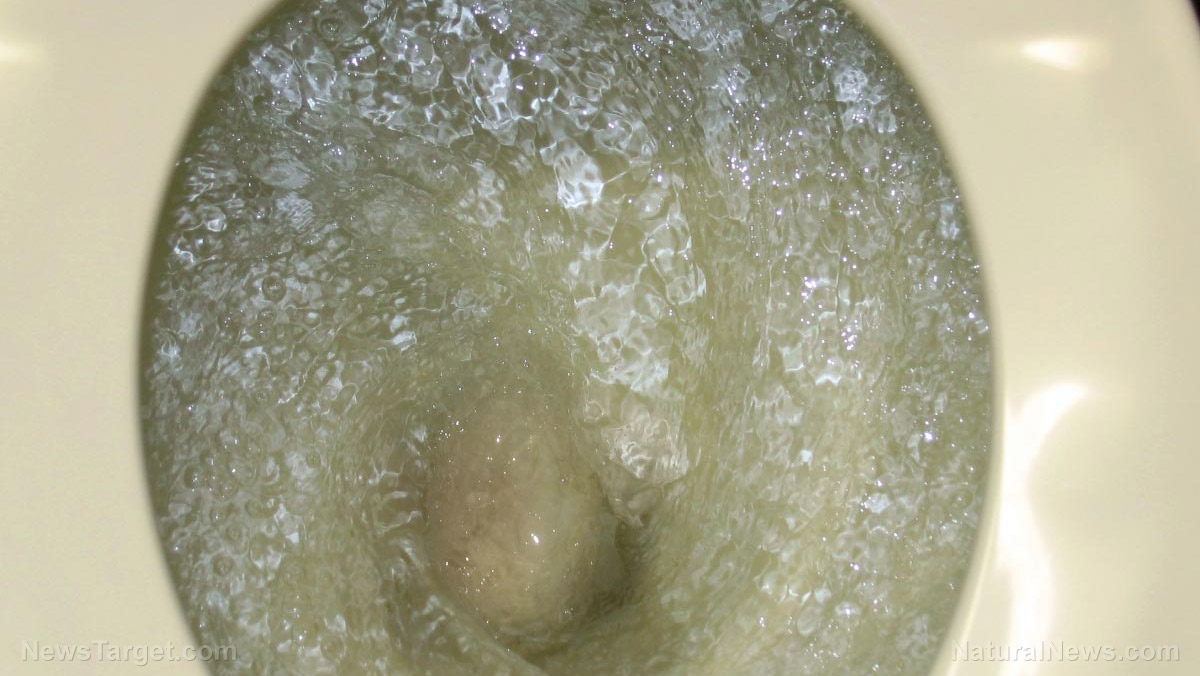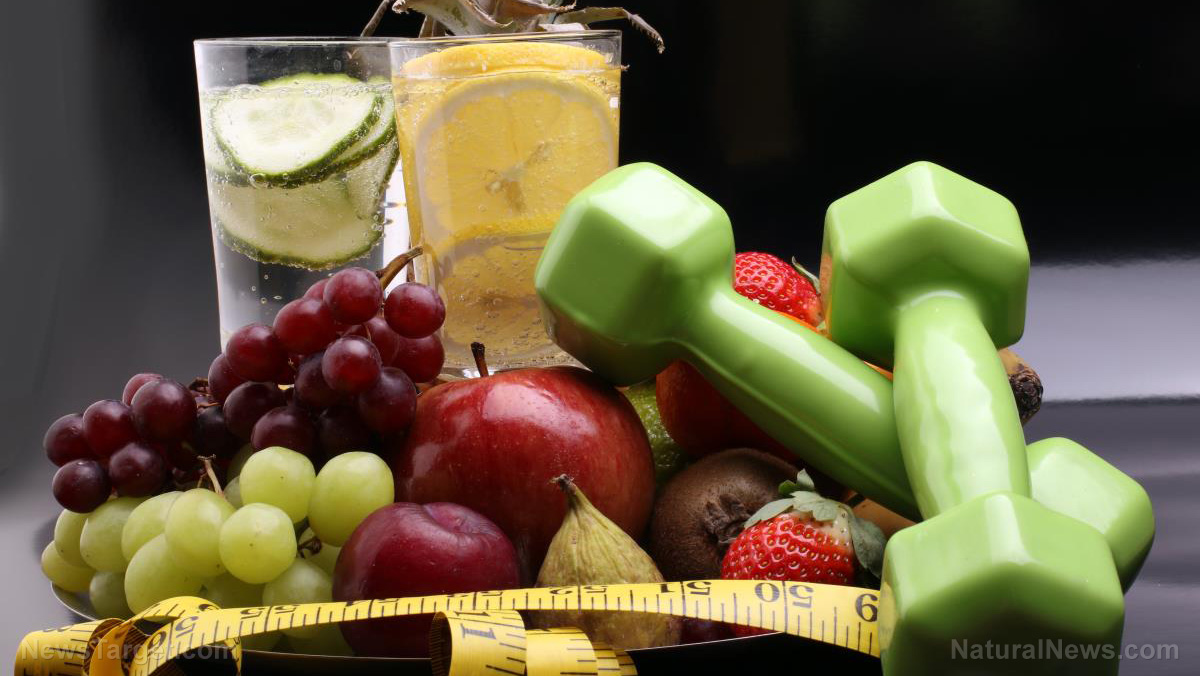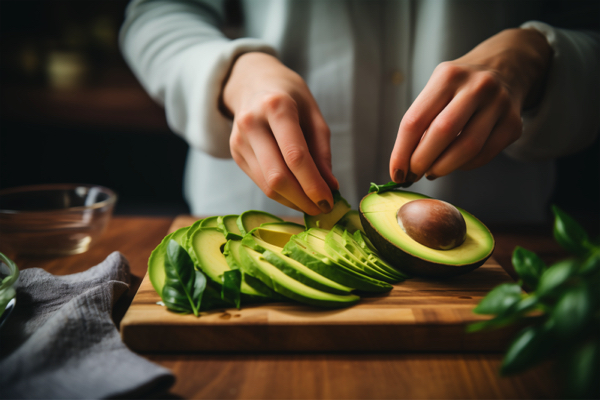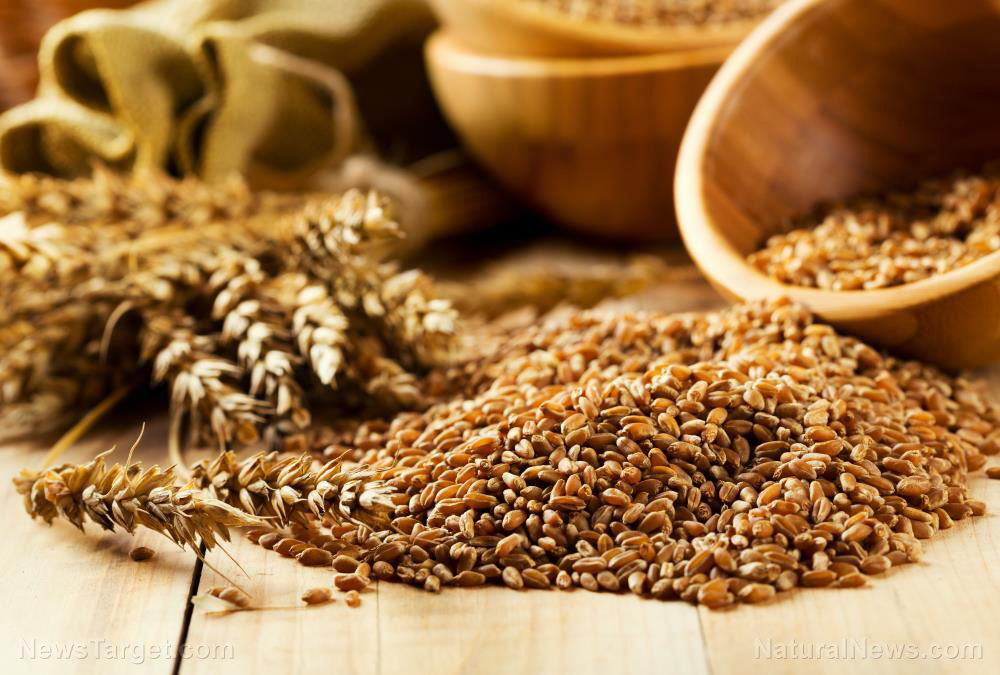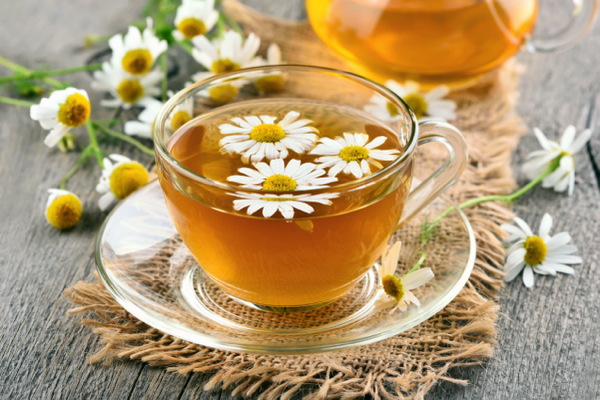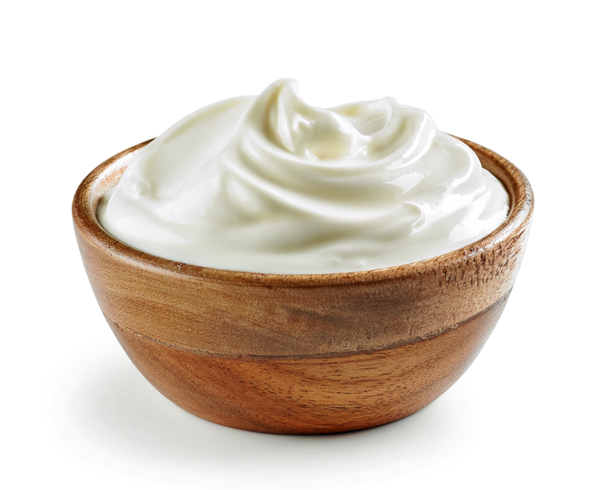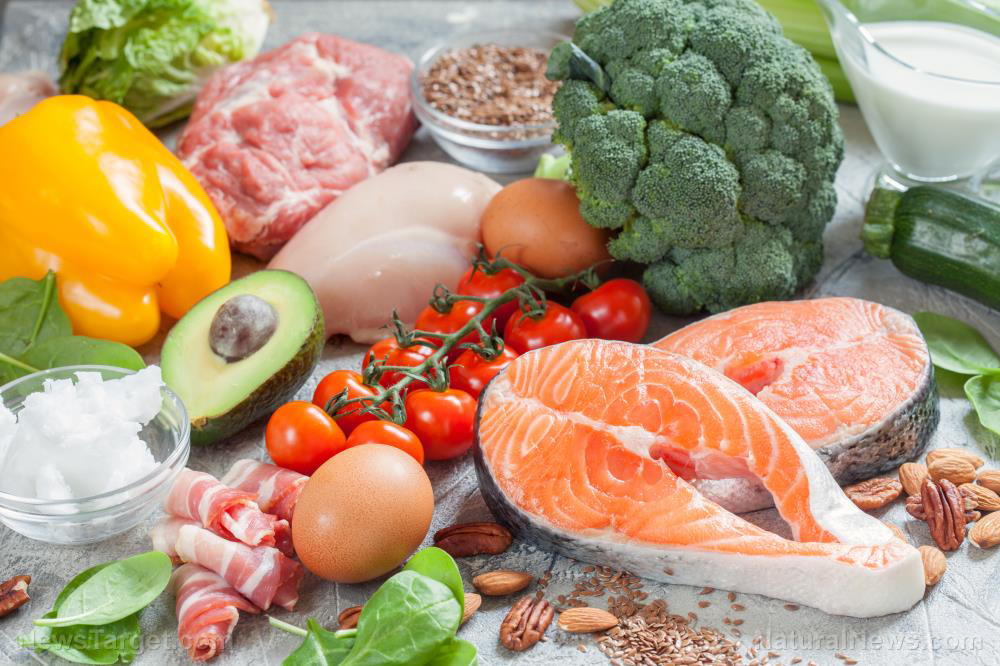Clean, pure, HEALTHY D.I.Y. SOAP the Amish way: A complete step-by-step guide
09/26/2025 / By S.D. Wells
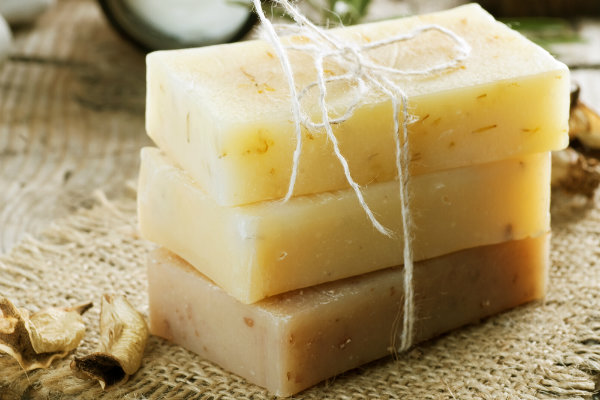
In a time when self-sufficiency is increasingly valued, the age-old skill of soapmaking offers a practical way to ensure hygiene even when modern conveniences are unavailable. The Amish method of creating lye soap transforms humble ingredients—ashes, water, and animal fat—into a versatile product for personal care, household cleaning, and survival situations.
- Traditional Craft Meets Modern Safety: Amish lye soap is made from simple ingredients—hardwood ashes, water, and rendered animal fat—but modern makers can substitute pure lye and store-bought fats for safer, more consistent results. Essential tools include non-reactive pots, thermometers, molds, and protective gear.
- Step-by-Step Soapmaking: The process begins with preparing lye (either by leaching ashes or mixing commercial lye with water), then rendering and purifying animal fat. Once both are at the right temperature, they are combined and stirred until saponification occurs, followed by molding, cutting, and curing.
- Safety First: Lye is highly caustic, so precautions are vital: always wear gloves and goggles, work in well-ventilated areas, keep vinegar on hand to neutralize spills, and never add water to lye. Using designated soap-making tools prevents contamination.
- Practical Uses: Homemade lye soap is versatile—effective for bathing, laundry, household cleaning, outdoor relief (like poison ivy), animal care, and even utility cleaning. Beyond hygiene, it represents self-reliance and preparedness, turning waste into a valuable survival resource.
How to Make Lye Soap the Amish Way: A Complete Step-by-Step Guide
Traditional soap relies on hardwood ashes, rainwater, and rendered fat such as lard or tallow. Salt and rosin can be added for firmness, though they are optional. Modern substitutes include commercial sodium hydroxide (pure lye) and store-bought fats or oils. Essential tools include a sturdy pot, stirring implements, strainers, protective gear, and molds. Safety is paramount: gloves, goggles, long sleeves, and a bottle of vinegar for neutralizing spills are considered essential.
Step 1: Preparing the Lye Solution
Traditionally, lye is extracted by leaching water through hardwood ashes placed in a barrel lined with straw or stones. The resulting brown liquid is tested for strength by floating an egg, potato, or dipping a feather. If too weak, it can be concentrated by boiling. Today, most soapmakers use store-bought lye crystals, carefully dissolved in water. Always add lye to water—not water to lye—to avoid dangerous reactions. The solution heats rapidly and must cool to about 100°F before use.
Step 2: Rendering the Fat
Raw animal fat is chopped, slowly melted, and strained through cloth to remove impurities. A purification step of simmering the fat in water can make it cleaner and firmer once cooled. About 2.5 quarts of rendered fat are needed for a medium batch. Fat and lye must be close in temperature, ideally between 95–100°F, before combining.
Step 3: Mixing and Saponification
Two methods exist:
- Cold Process: Melted fat is combined with cooled lye solution and stirred until it thickens to “trace,” a pudding-like consistency. Optional oils or herbs may be added before molding.
- Hot Process: Fat and lye are cooked together over low heat for several hours, producing a thick, uniform mixture. Salt can be added for hardness.
Both methods rely on saponification—the chemical reaction between lye and fat that forms soap.
Step 4: Molding and Cutting
Soap is poured or scooped into lined molds and allowed to rest for 24–48 hours. Once firm, it is cut into bars while still soft enough to slice. The bars must then dry on racks with airflow between them.
Step 5: Curing
Cold process soap requires at least four weeks of curing to harden and reach a safe pH. Hot process soap is usable sooner but benefits from additional curing. Readiness can be tested with pH strips or the traditional “zap test.”
Practical Uses
Amish-style lye soap is multipurpose: it cleans skin, helps treat acne and poison ivy, removes tough stains in laundry, scrubs dishes and floors, and even washes livestock. Its biodegradability makes it eco-friendly and versatile.
Making lye soap the Amish way is more than a household craft—it is a statement of independence and resilience. With practice, anyone can turn basic materials into a durable, useful tool for hygiene, cleaning, and preparedness. In uncertain times, this timeless skill ensures that self-reliance never has to stop at the store. Tune your internet dial to NaturalMedicine.news for more tips on how to use natural foods and raw materials to make DIY useful, healthy products for home use.
Sources for this article include:
Submit a correction >>
Tagged Under:
amish soap, DIY, homemade soap, how-to, lye soap, make soap, natural health, natural soap, soap
This article may contain statements that reflect the opinion of the author
RECENT NEWS & ARTICLES
COPYRIGHT © 2017 NATURAL HEALTH NEWS

